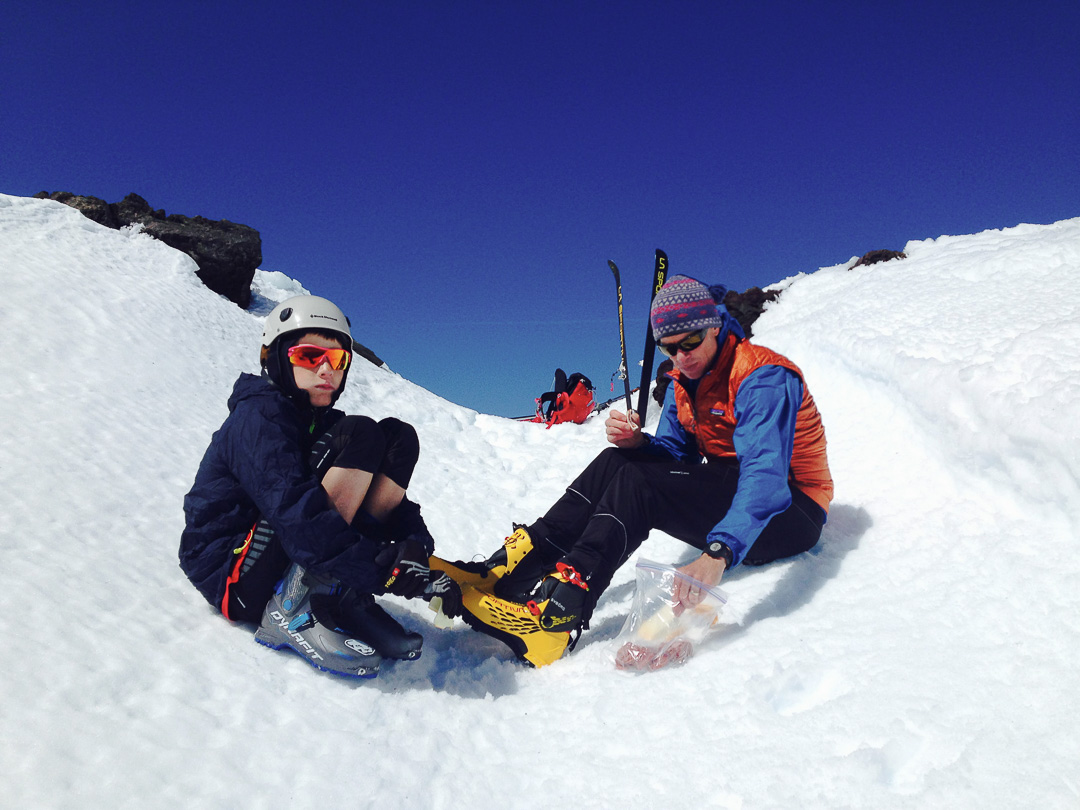Here’s the honest to Hades truth; kids these days got it good regarding commercial dehydrated food options. We’re talking about options where you add boiling water to the pouch containing the dehydrated calories, and sometime later, post-rehydration, you eat out of the pouch. We all have it good because there are a crazy amount of options to satiate different palates and dietary restrictions and preferences. It is like a Brooklyn farm-to-table pop-un can make its way into Titcomb Basin, given you’ve got a some fuel, a stove, and heated water.
It goes like this, go to any of the major and minor players in the dehydrated foodie scene, and you will see a delighted group of folks eating around a campfire or noshing on a fennel-infused risotto as the sun sets. The proliferation of options is a good thing. But, as you are likely aware, you’ll pay ~$10 to $14 per dehydrated meal. You could go the DIY dehydrated meal prep route, but that’s a different story altogether.
If you are a human-powered snow slider carrying dehydrated meals, you are likely on a lighter-weight traverse-type mission. After, say, the third of six days of traversing, you and your pals will be a grimy and chilled facsimile of the all-smiles chow down depicted in the dehydrated food branding mentioned above.
We all want smiles at the end of the day, but a full belly to nourish and replenish so we can repeat the cycle of waking, skiing, establishing camp, and eating the following day, is essential. We are focusing on one thing, dehydrated entrees, and their caloric density.
A few mental notes for our calories/ounce (caloric density): First, some food brands make single-serving pouches, others produce an option of one or two servings, while still, others offer only two serving options in certain meals. Some big eaters alone can easily down the two servings. For others, two servings are too much. Know yourself and plan accordingly for the single or double servings. Second, we’ll also discuss “bump” food options to increase the caloric density of your meal by adding a lightweight caloric supplement like nuts, butters, or oils. Third, we are not chiming in regarding a full-blown menu for a multi-day ski traverse; that resource will come. But for breakfast, we usually try to keep the AM stove time to a minimum, meaning we’ll warm water for drinks and possibly oatmeal with granola tossed in. Warming enough water for rehydrating a breakfast is not our method.






Leave a Reply
You must be logged in to post a comment.